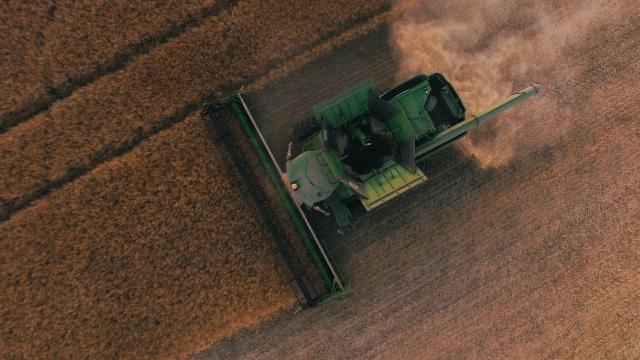
Australian farmland values dipped following 12 consecutive years of growth across the first half of 2025 as challenging market conditions saw buyers and sellers take a breath and with the ongoing consolidation of landholdings also continuing.
In the latest episode of Bendigo Bank Agribusiness podcast, Unpacking Ag, agricultural analysts Sean Hickey and Joe Boyle discuss the main drivers impacting the Australian farmland market and explore how these drivers have evolved across the first half of the year, where they’re positioned as 2026 approaches, and what this could mean for farmland prices going forward.
Bendigo Bank Agribusiness Senior Agricultural Analyst Sean Hickey said: “Properties are taking longer to sell as the result of current market conditions which have pushed the number of farm sales downward to a 30-year low.
“We’re seeing that particularly across more marginal areas, buyers are either looking to hold off on purchasing decisions or shifting their goalposts for business expansion plans entirely, particularly for cropping, where lacklustre cereal prices will remain a headwind in regions still dealing with drought.
“Ongoing strength in livestock markets revived sentiment in 2025, which should prove supportive in terms of demand for grazing properties over the back half of the year where seasonal conditions were positive, but we saw a real divergence in terms of commodity prices for the livestock and cropping sectors over the last 12 months, which has shifted demand for grazing versus cropping land.
“The improved rainfall totals we saw across the country are also expected to remove a key headwind to demand over the back half of 2025 and into 2026, so it will be interesting to see if this pattern continues,” said Mr Hickey.
Agricultural Analyst Joe Boyle said: “While we haven’t seen many reports of increases in distressed sales, dry conditions across much of the country in 2025 were a major headwind to demand, contributing to diminished buyer appetite. Dairy farmers are benefitting from a rise in farmgate milk prices, but margins across the dairy sector remain under pressure which is limiting price growth in those dairying areas.
“Limited feed for livestock also remained an issue across South Australia and Victoria with feed and fodder costs skyrocketing, impacting demand for grazing properties, however, we see Queensland and New South Wales remaining well positioned for growth in 2026.
“We’re beginning to see a general shift in sentiment towards a more positive tone, at least from a high-level perspective. A further rate cut or two, combined with the hope for some better seasonal conditions have the potential to remove or at least reduce some of those major demand headwinds, so we’re anticipating a return to modest growth across 2026,” Mr Boyle concluded.





